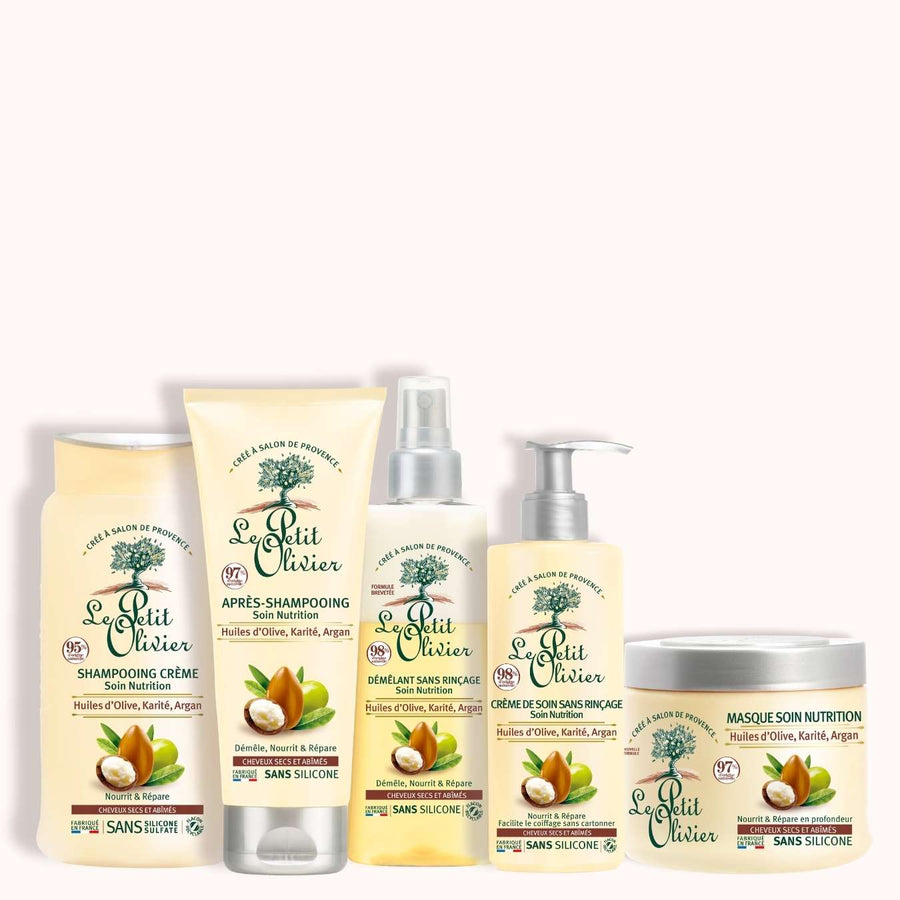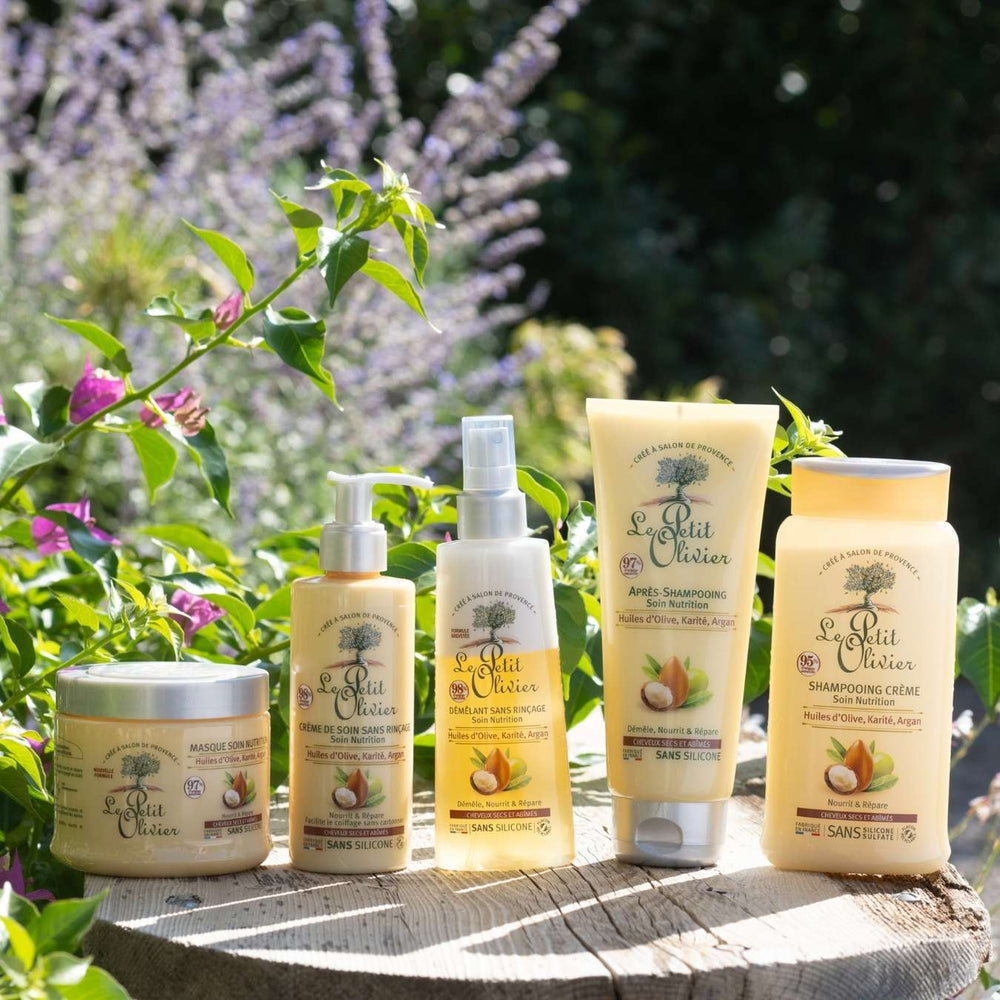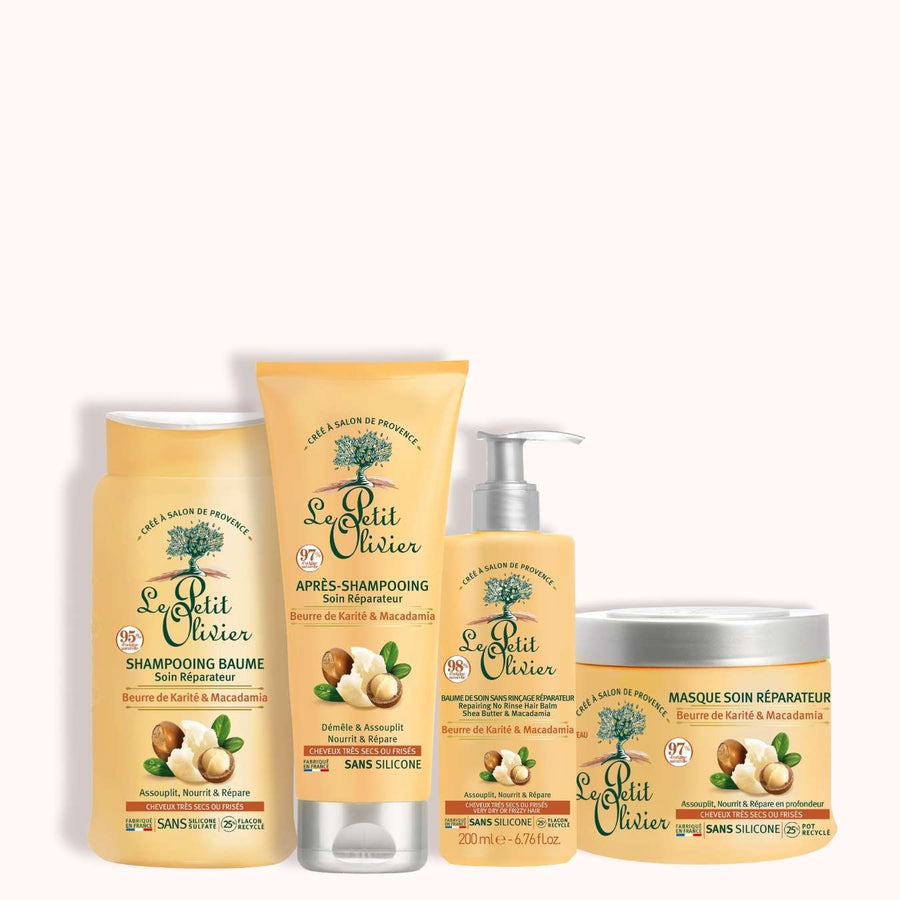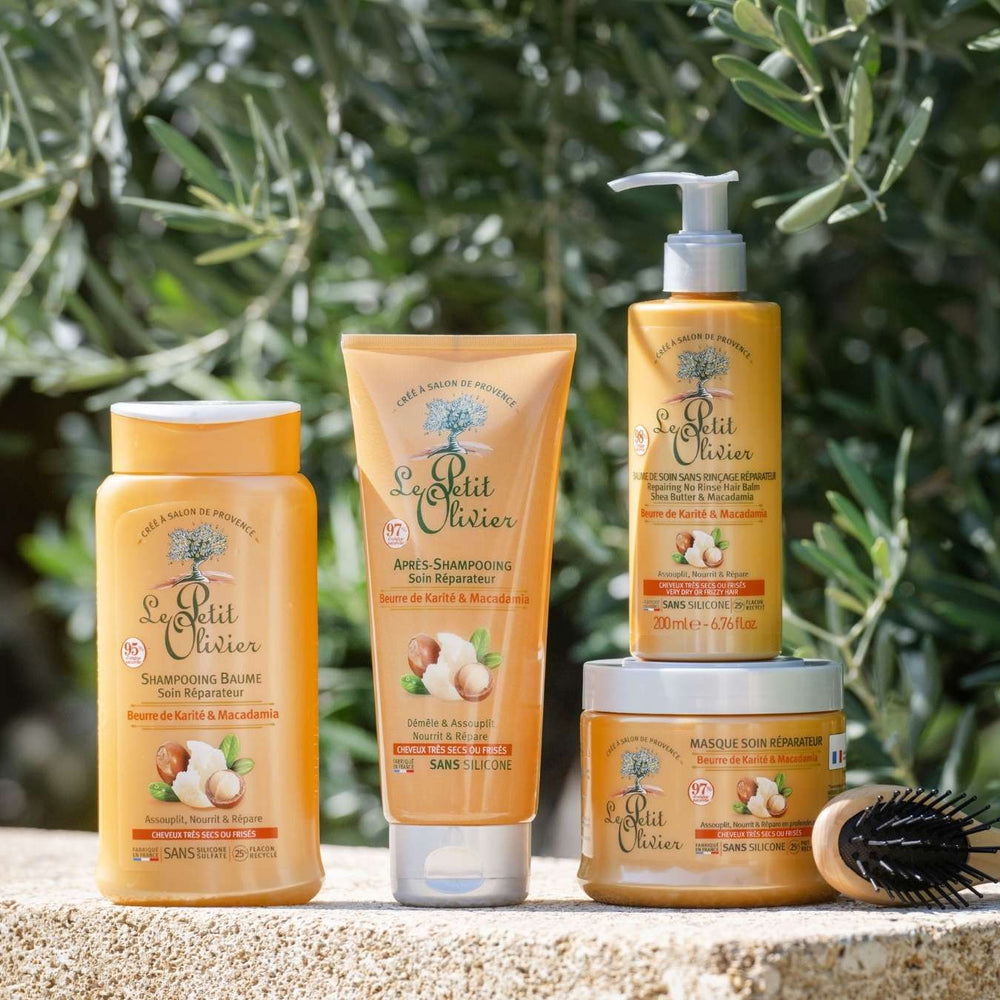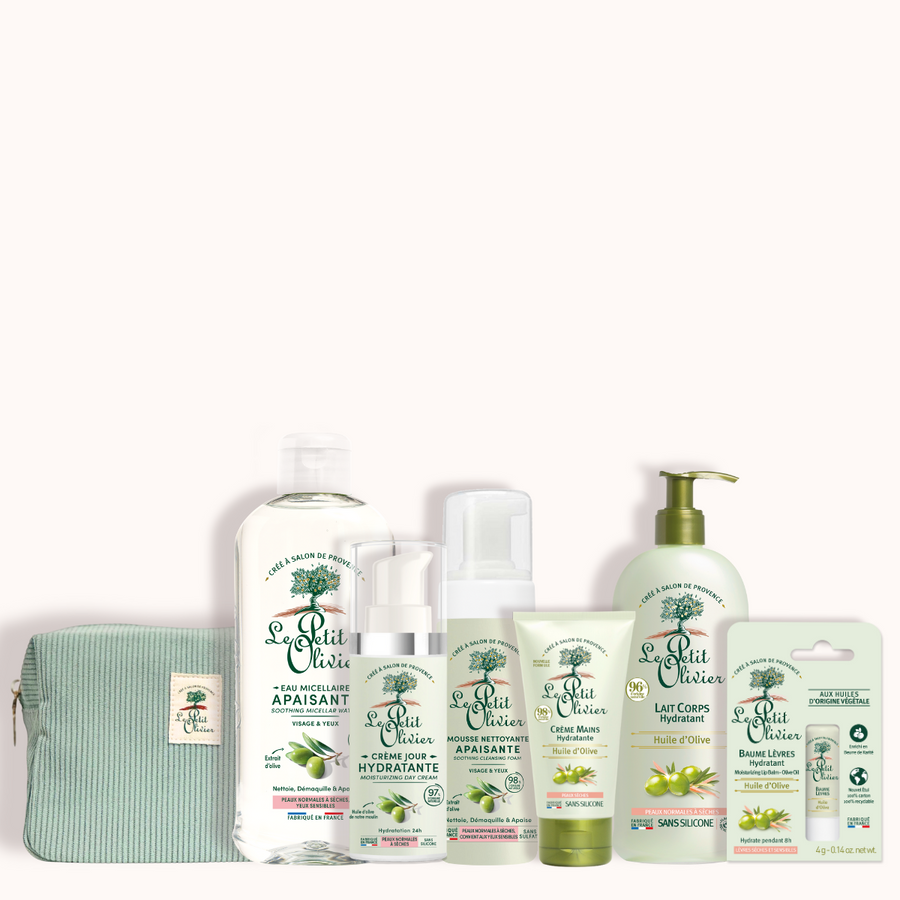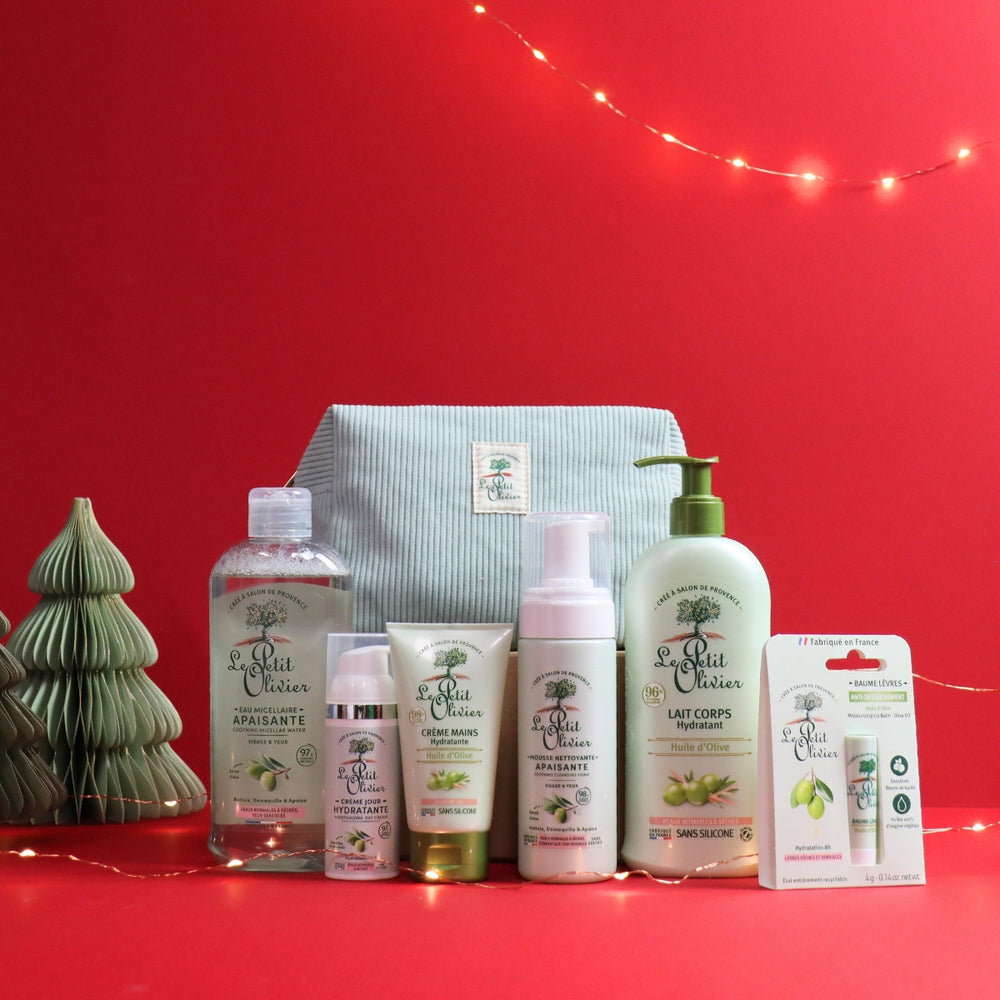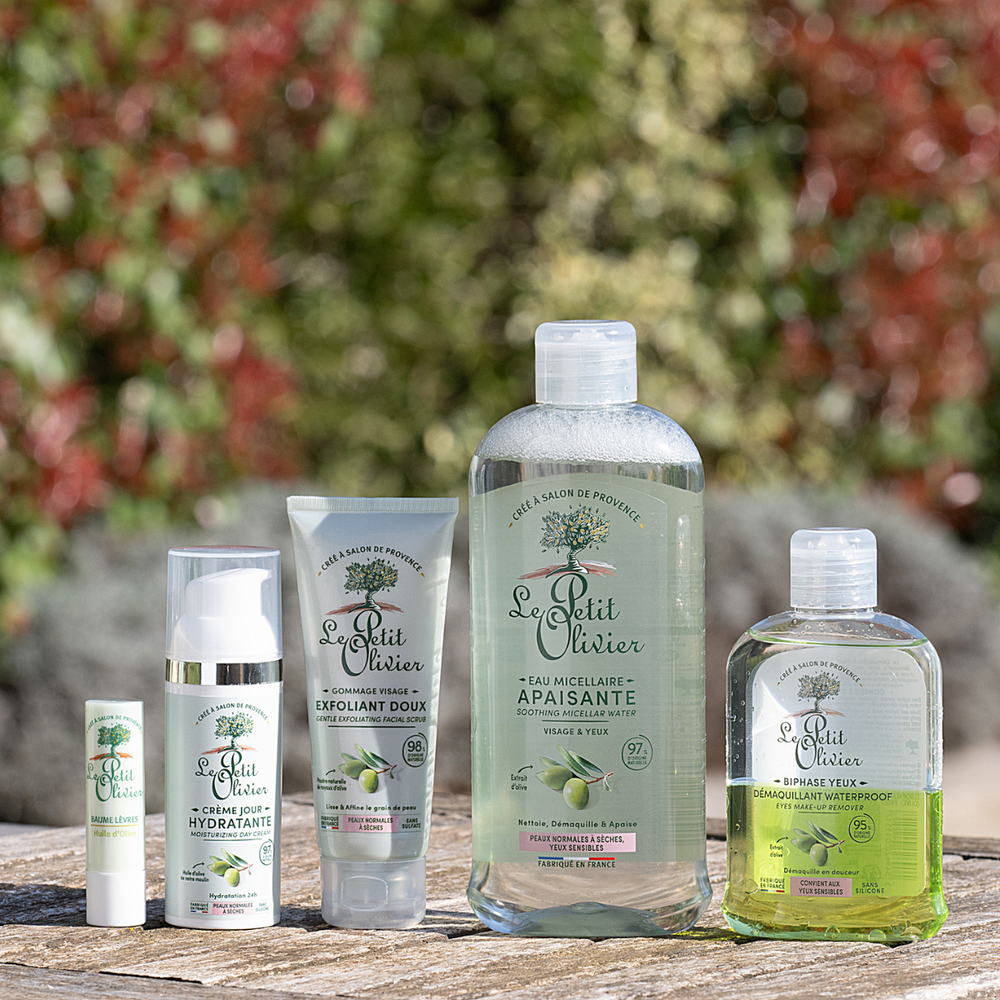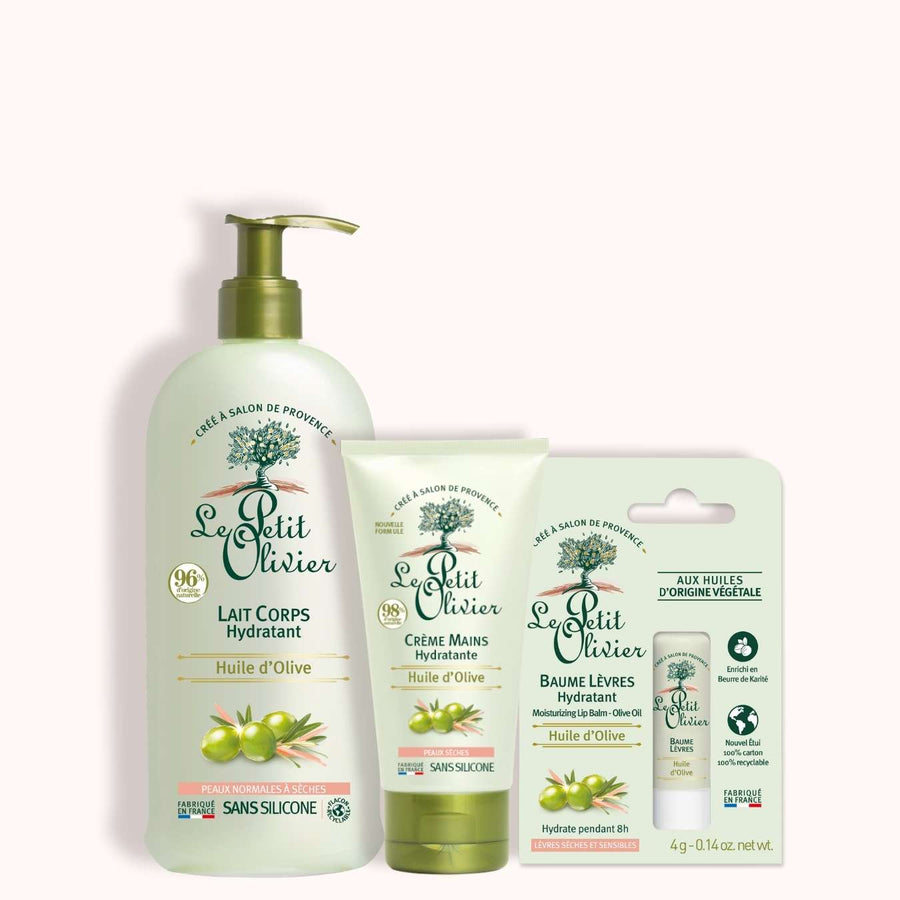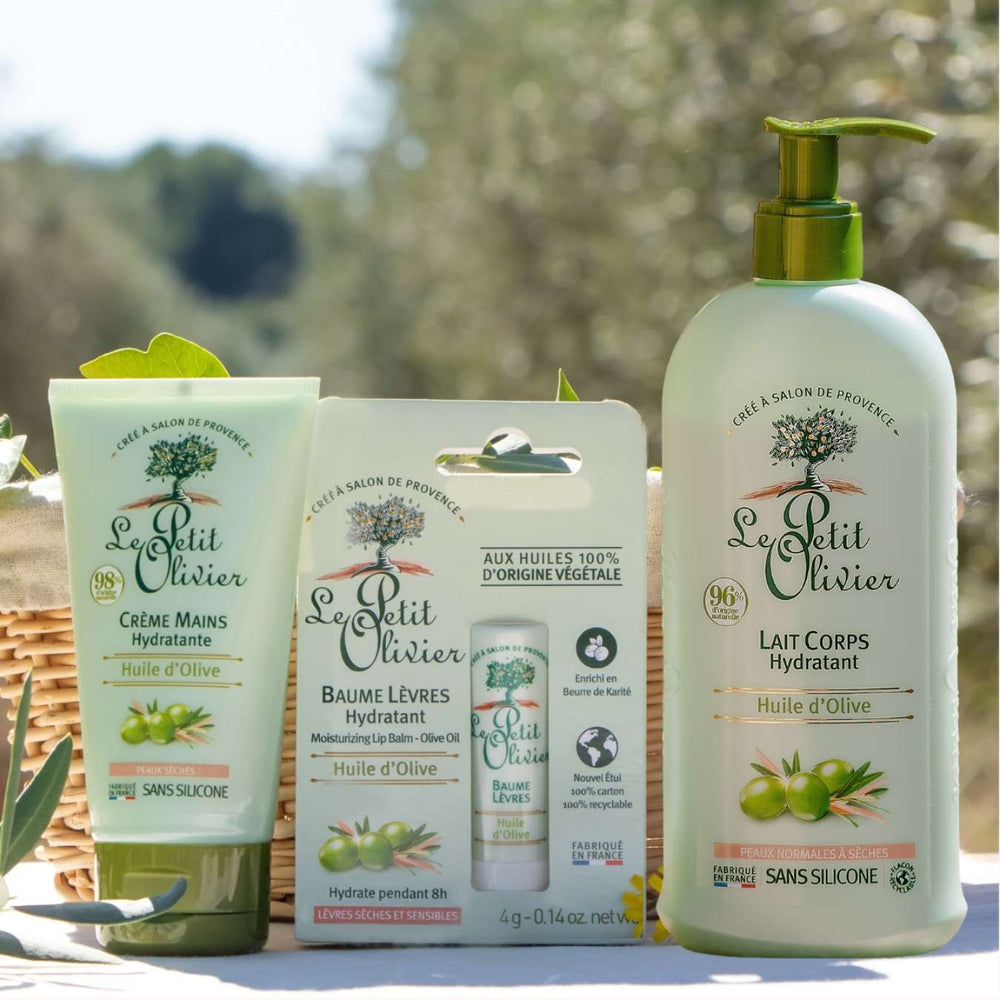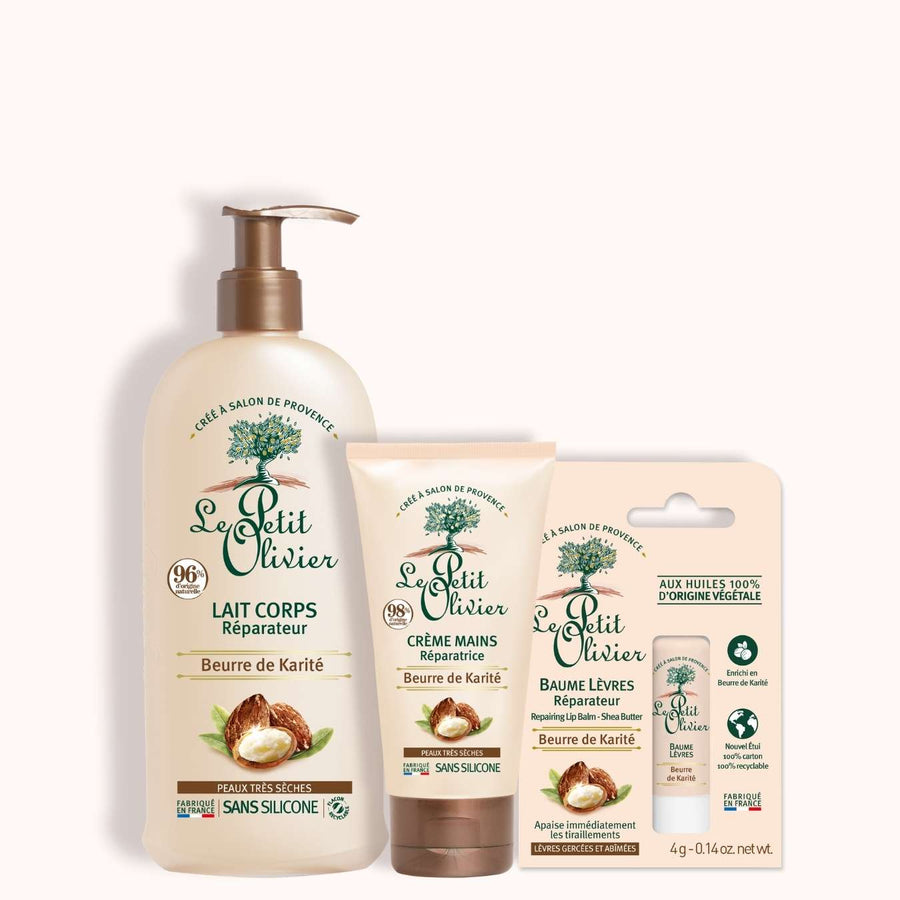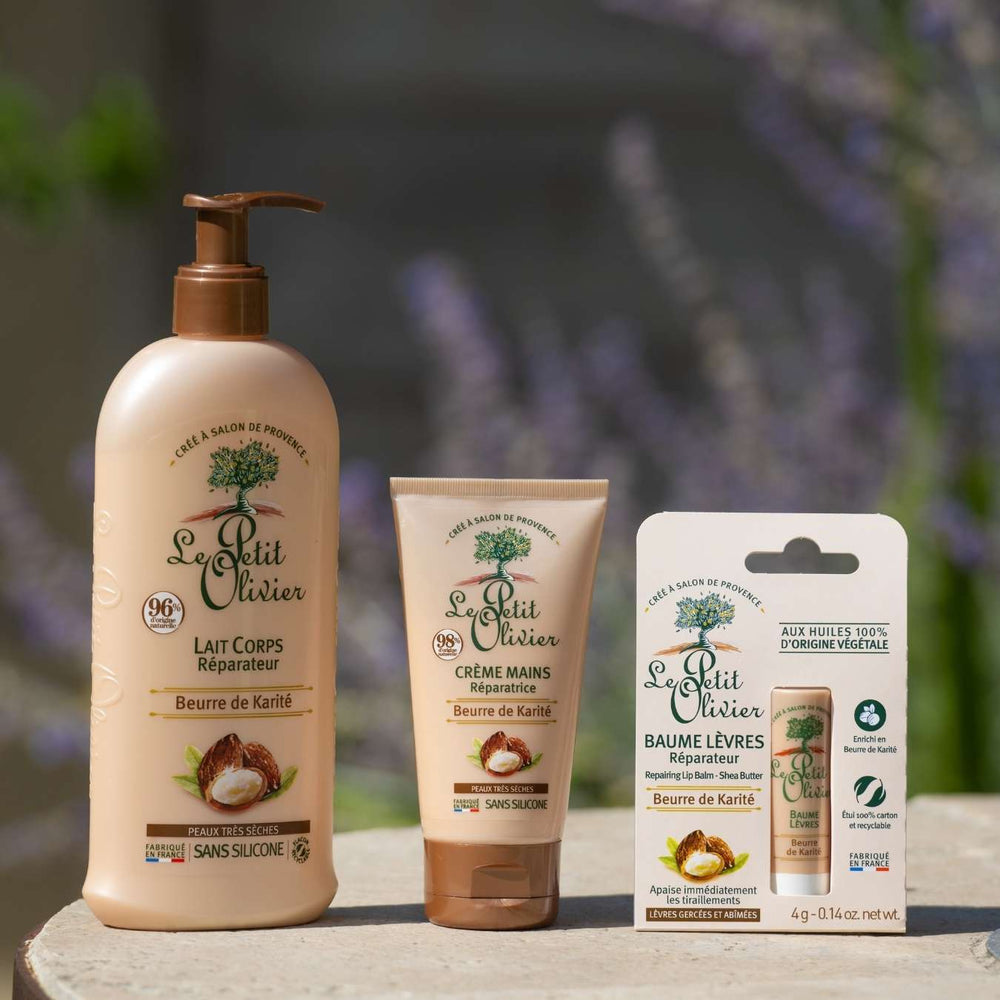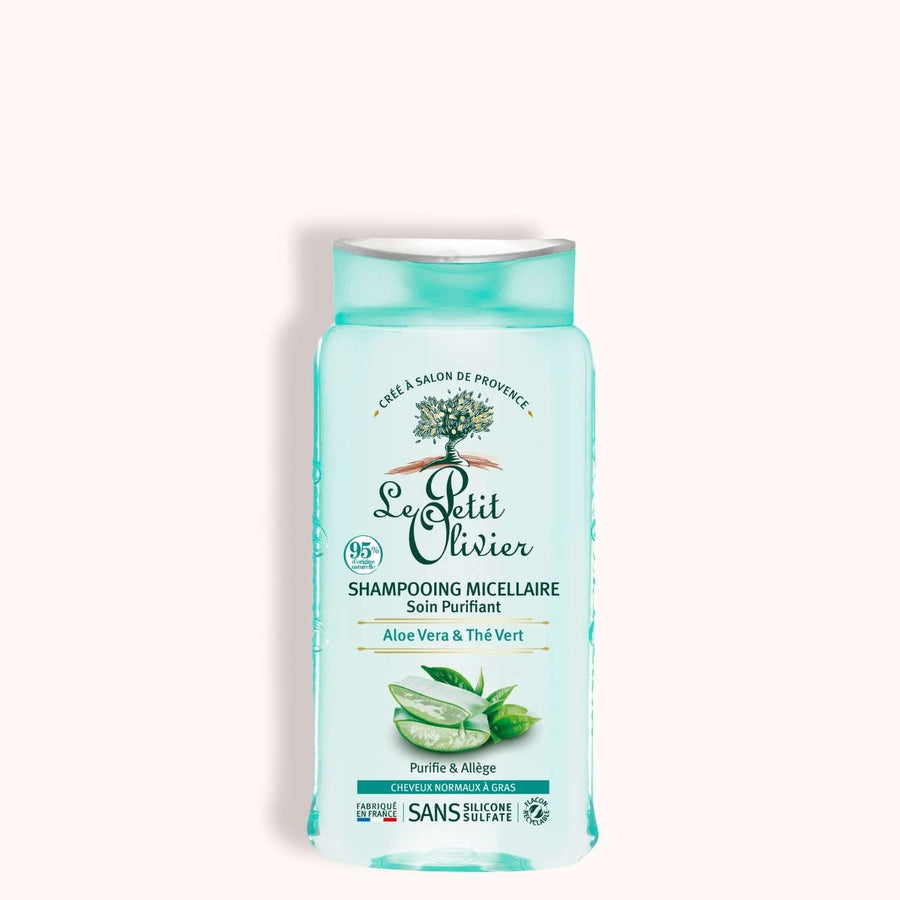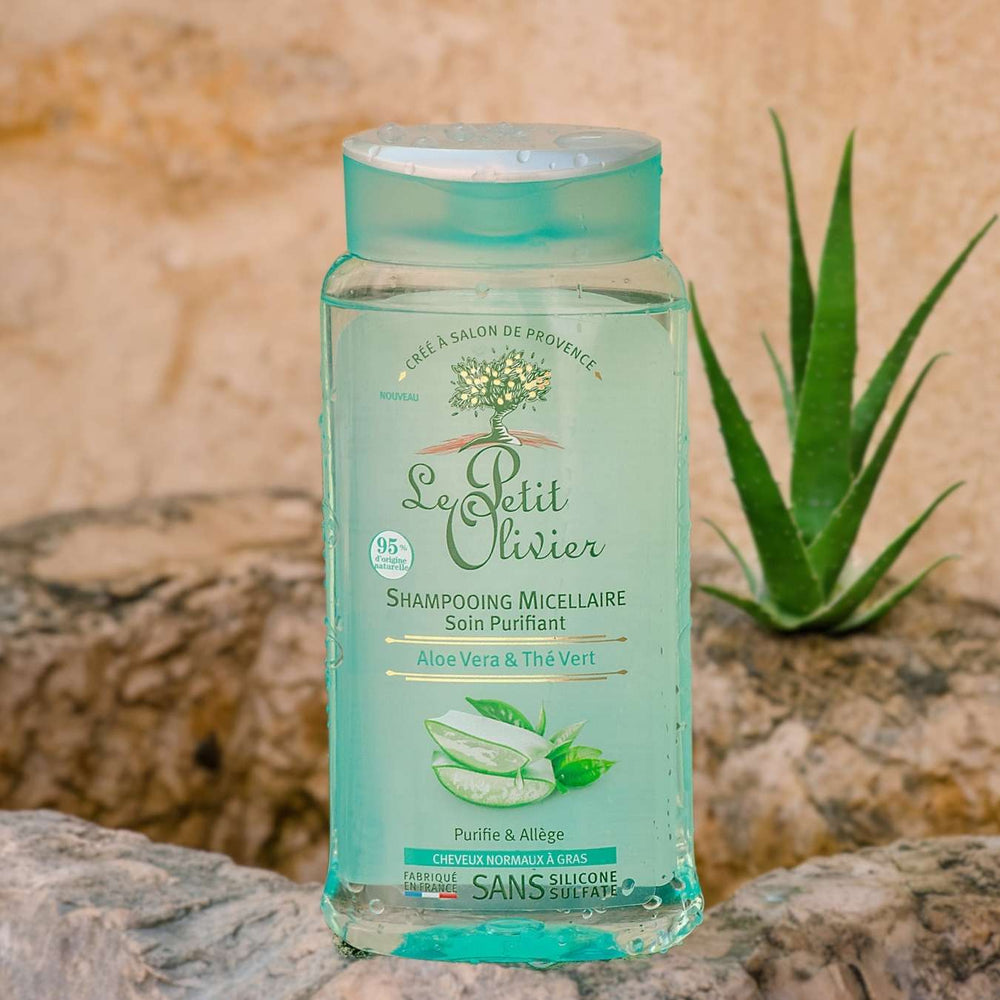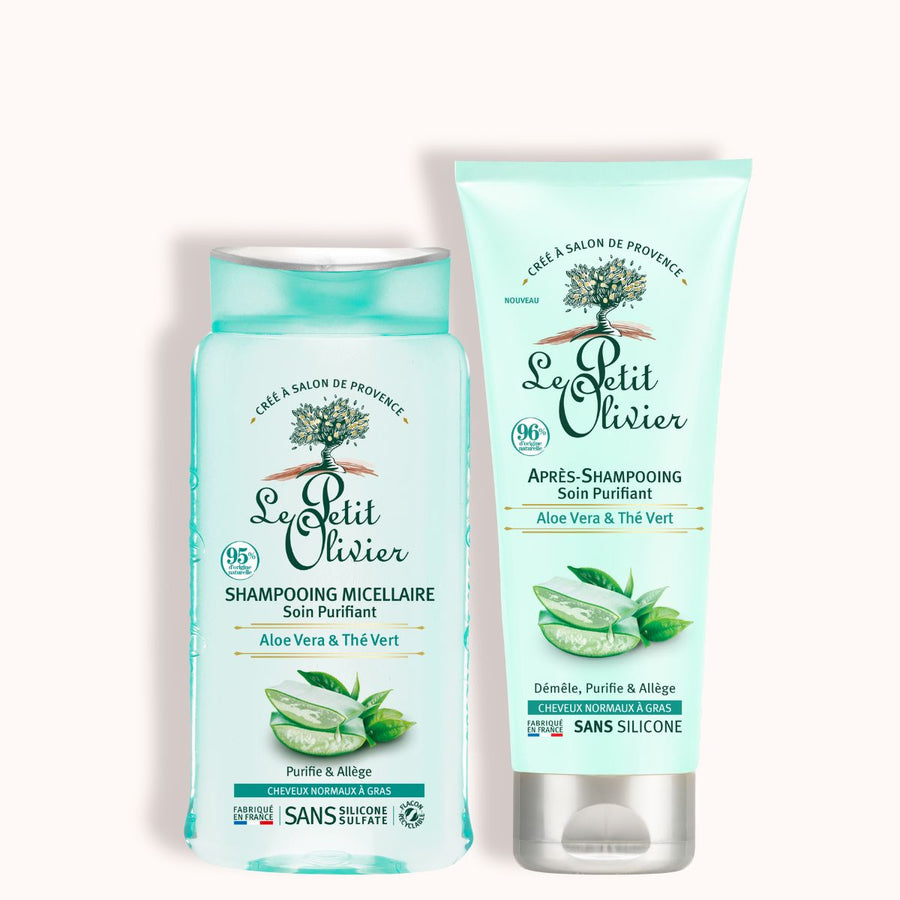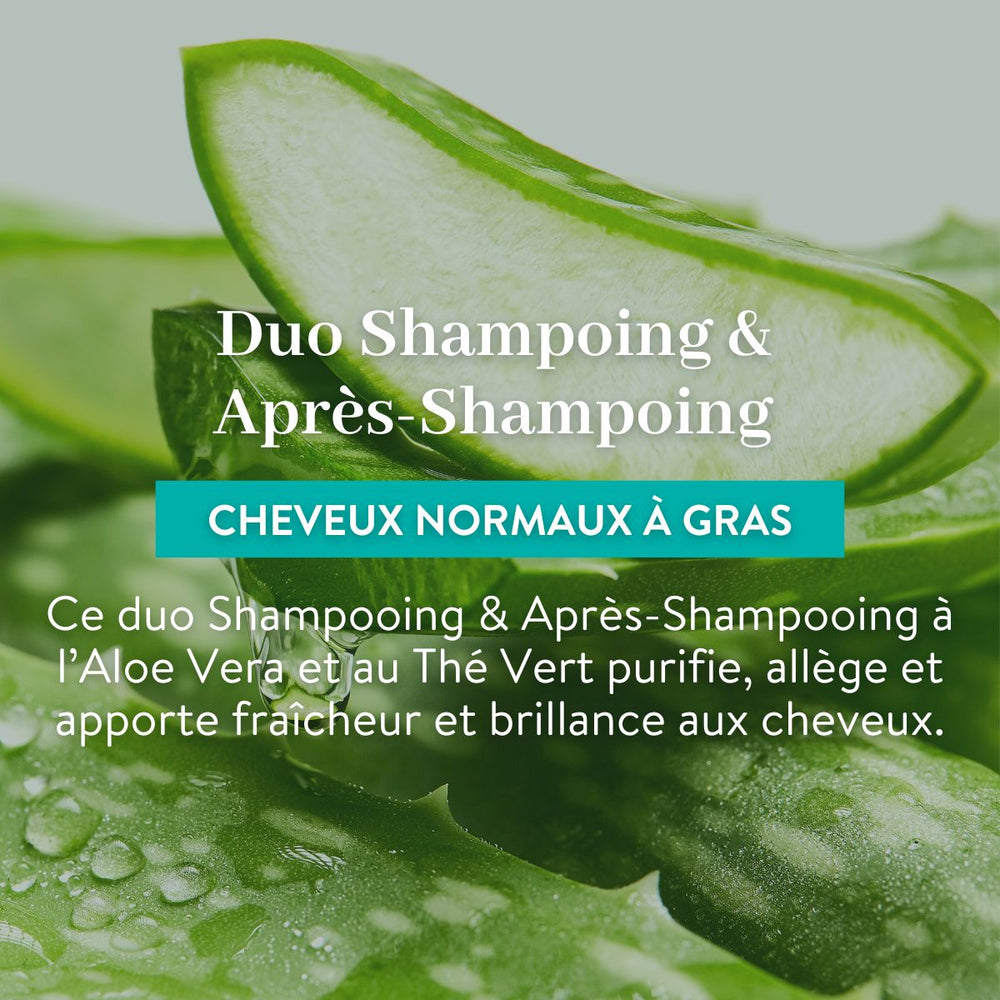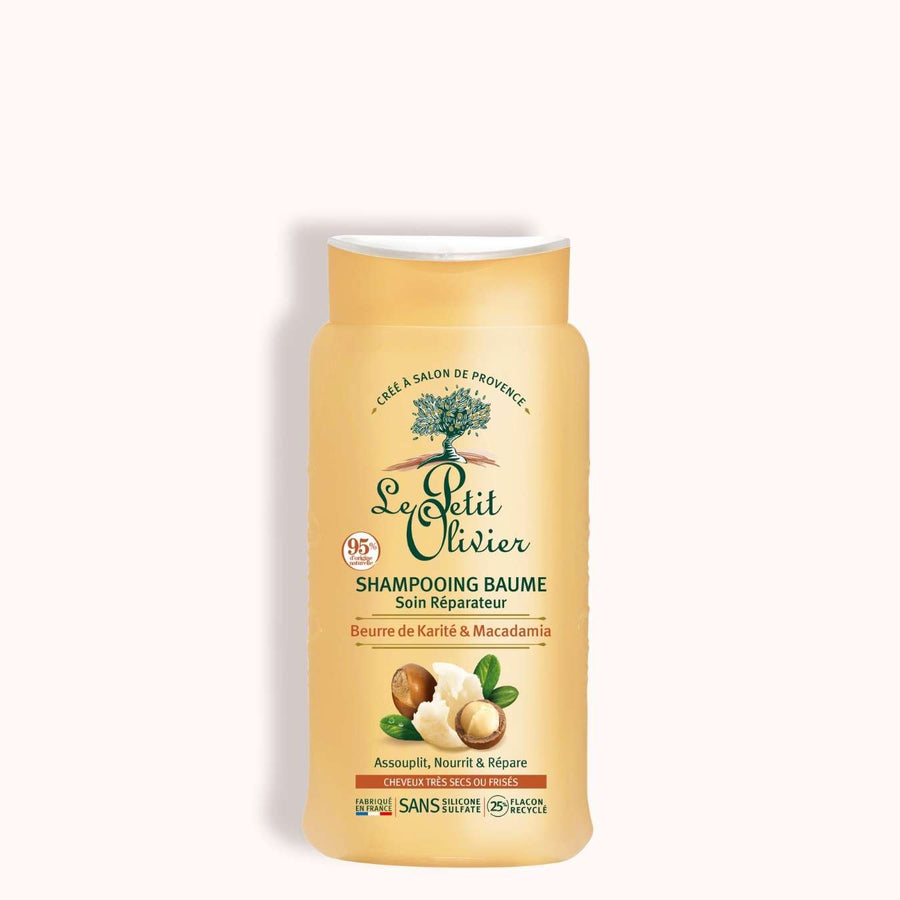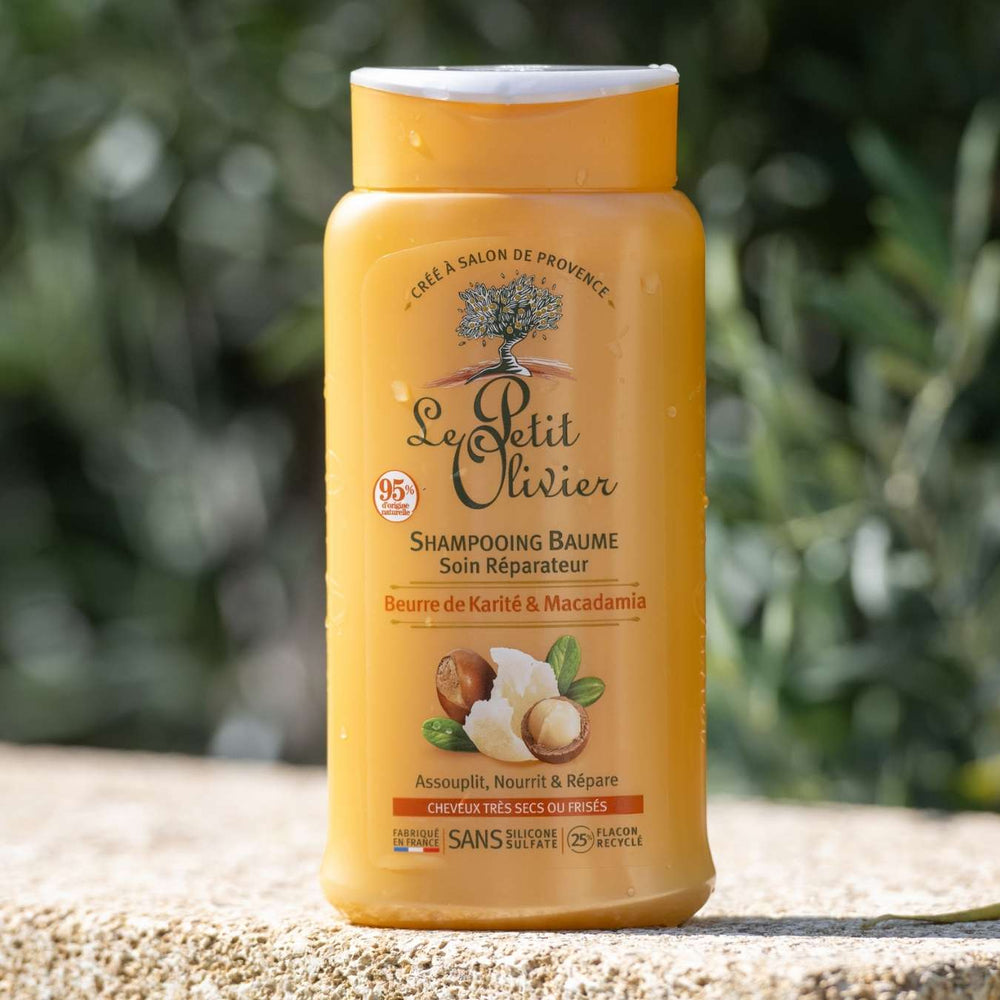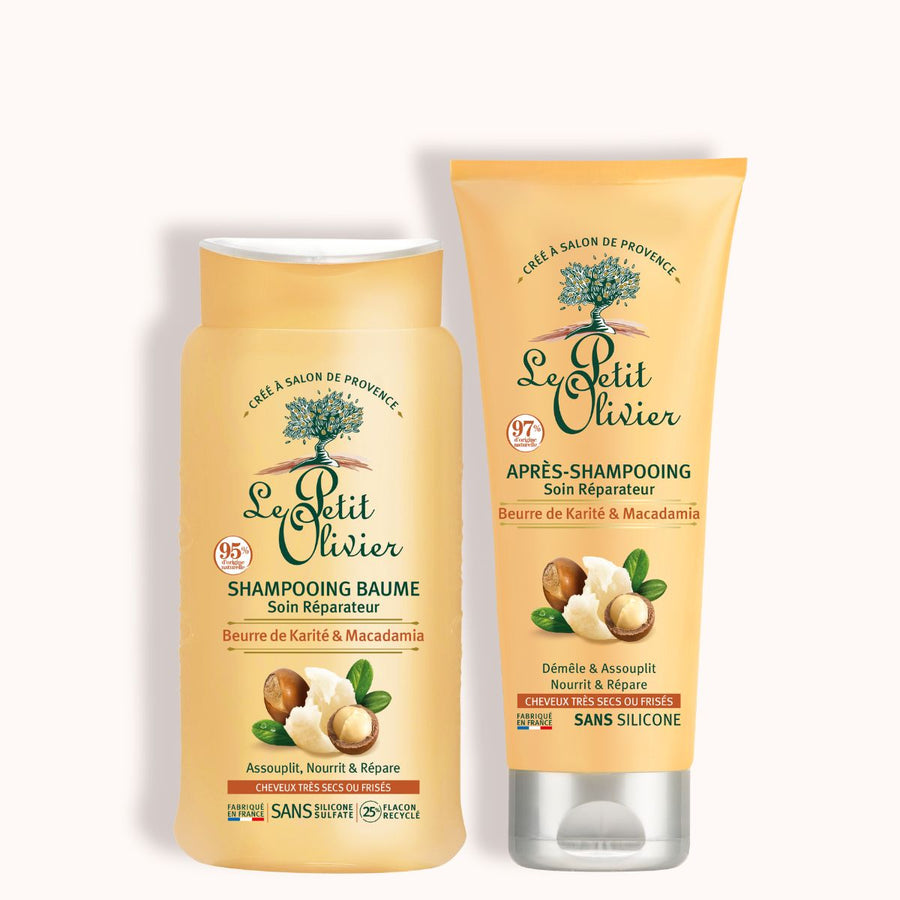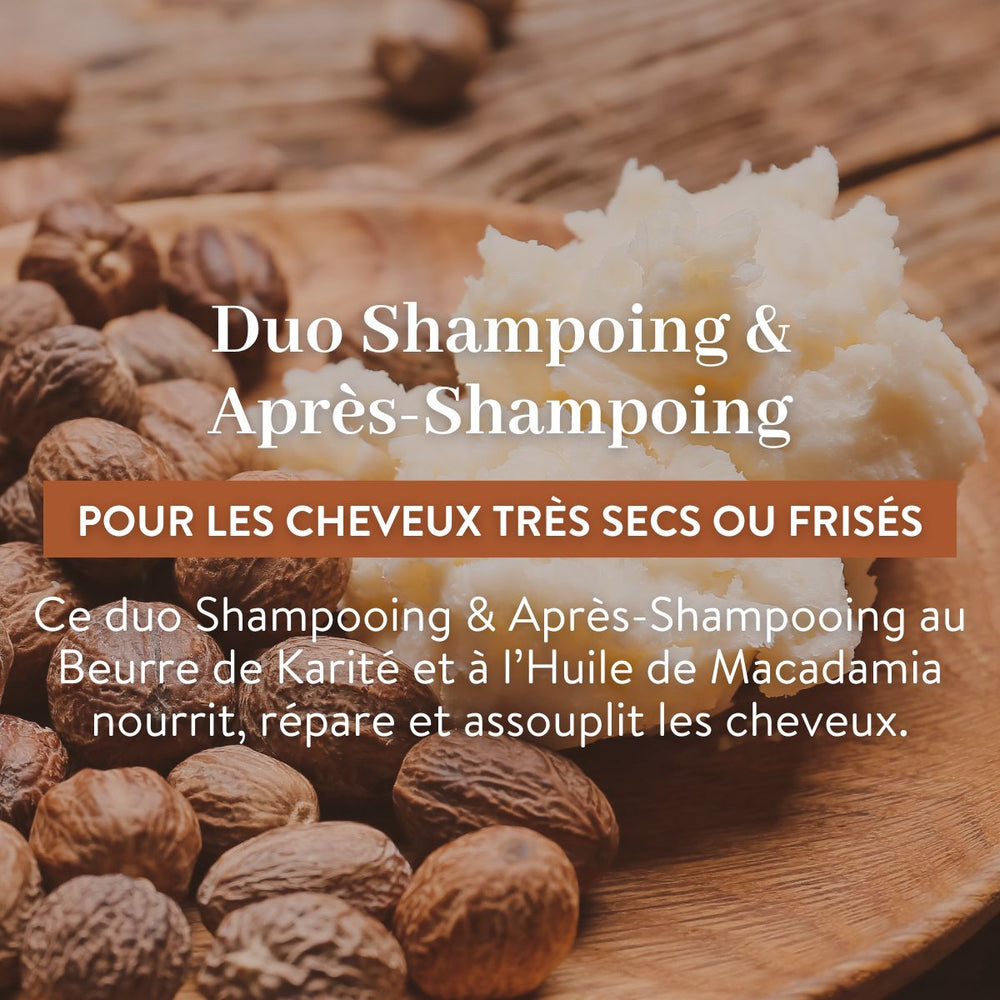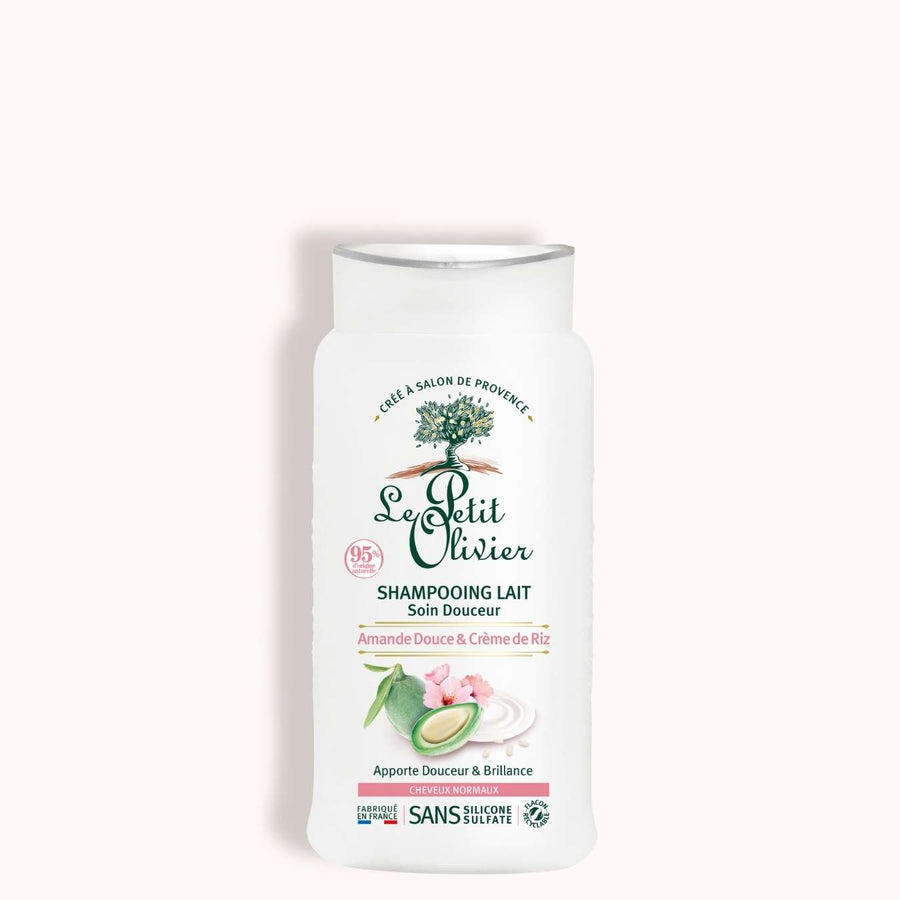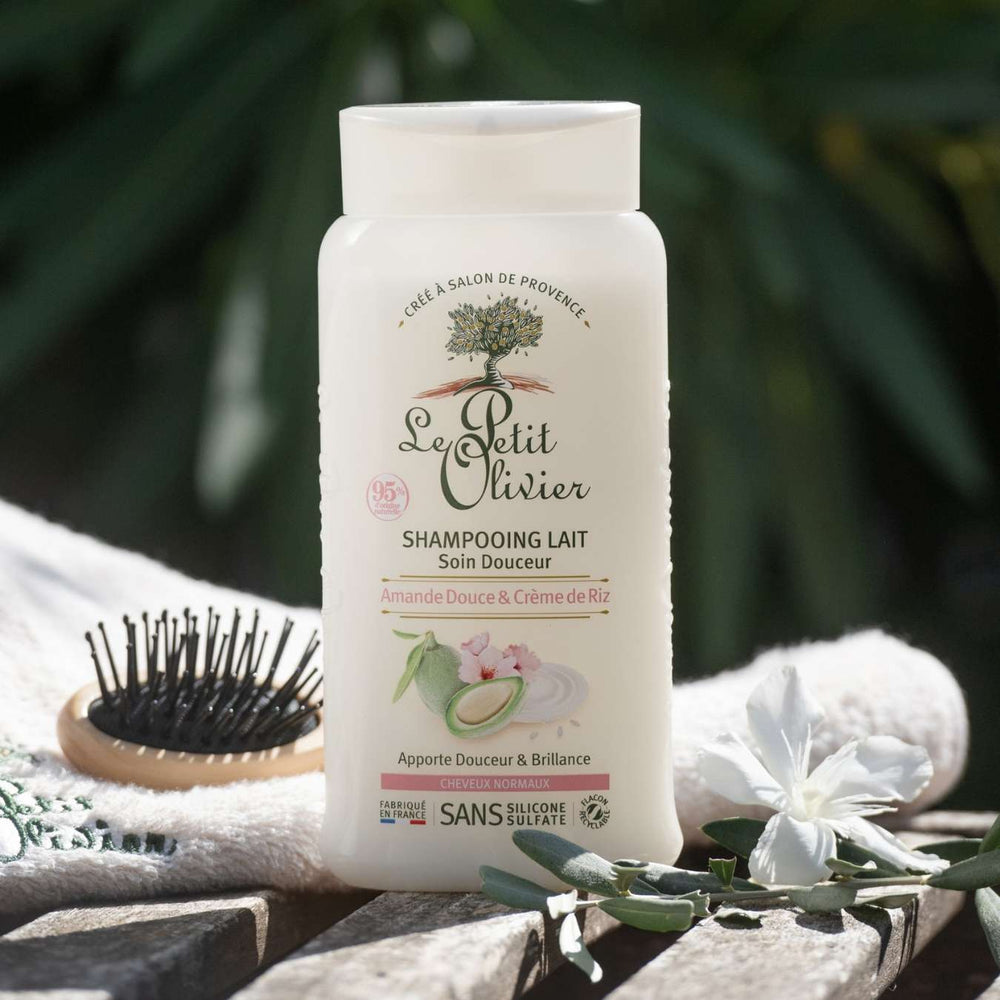How much shampoo should you use to avoid damaging your hair?
In the world of hair care, the amount of shampoo you use can make all the difference between shiny hair and damaged hair. Understanding how the active ingredients in shampoos interact with your hair is essential to getting the most out of them. Different types of shampoo, whether industrial or natural, offer a variety of benefits that should be explored. But how do you determine the right amount to use? This depends on a number of factors, such as the nature of your hair - whether fine, thick, curly or straight - and how often you wash.
By mastering application techniques and avoiding certain common mistakes, you can preserve your hair all year round. On this page, we'll help you adjust your shampoo routine to suit the seasons, and recognize the signs of inappropriate shampoo use.
Understanding the composition of shampoos for optimal use
Active ingredients in shampoos and their impact on hair
In the world of hair care, every shampoo has its own symphony of active ingredients that work together to give your hair the care it needs. Whether designed to combat dandruff or intensely moisturize, these active ingredients play a crucial role. Surfactants, for example, form the cleansing core of the product, ensuring effective cleansing without damaging the scalp. But how do you choose which ones are best for you? An anti-dandruff active ingredient could be your ally if you're fighting against those little undesirable particles. On the other hand, for dry hair in search of softness, opting for a shampoo enriched with softening agents could transform your hair routine.
The difference between industrial and natural shampoos
The nature of the product you apply to your hair can make all the difference to the sensory experience and results obtained. Industrial shampoos are often formulated with sulfates and silicones to provide abundant lather and immediate shine. However, these ingredients can sometimes weigh hair down or irritate sensitive scalps. In contrast, natural formulas rely on gentle cleansing bases and active ingredients derived from renewable resources to cleanse while preserving hair's natural balance. Although their fragrance is less pronounced and their texture more fluid, they are seductive for their ethical commitment and respect for the hair fiber.
Factors influencing the amount of shampoo to use
Hair type: fine, thick, curly or straight
Hair is so diverse that each type requires its own unique approach to care. Fine hair, for example, tends to be more delicate and can quickly appear weighed down if too much product is applied. It's a good idea to opt for a small amount to preserve its natural volume. Thick or curly hair, on the other hand, requires more product to ensure deep cleansing between dense strands. For these hair types, it is often necessary to increase the dose slightly to ensure even distribution of the product.
As for straight hair, its smooth surface allows even application of shampoo with less effort. However, it can also become greasy more quickly, as sebum slides easily down the fibers. Careful monitoring of the amount applied will help you maintain this subtle balance between cleanliness and lightness.

Washing frequency and its implications for shampoo quantity
A recurring question in hair care concerns the ideal frequency of washing. A suitable rhythm will depend not only on lifestyle, but also on the personal characteristics of the scalp. For those who wash their hair on a daily basis due to intense sporting activity or frequent exposure to urban pollution, it is crucial to adopt a minimalist dosage so as not to strip protective natural oils.
On the other hand, if your weekly routine includes only two or three shampoos, you can allow yourself a more generous application to compensate for the days without washing, while making sure to rinse well to avoid any undesirable residue. In all cases, judiciously adjusting the quantity according to your personal needs will help optimize the product's efficacy without compromising the delicate balance on your scalp.
Techniques for applying shampoo without damaging hair
Shampoo dilution method for gentle application
Delicacy in shampoo application begins with a simple but often overlooked gesture: dilution. By adding a little water to your usual dose of product, you facilitate its distribution throughout the hair while reducing the potential aggressiveness of surfactants on the scalp. This technique is particularly beneficial for sensitive or irritated scalps, as it limits excessive product build-up that could lead to itching or redness.
Pour a small amount of shampoo into your palm, add a few drops of water and lather lightly before applying. This ritual not only makes for more economical use of the product, but also a more pleasant sensory experience, thanks to a light, enveloping lather.
The importance of scalp massage during application
Scalp massage is not just a moment of relaxation; it plays a crucial role in the effectiveness of the wash. By massaging gently with your fingertips, you activate blood microcirculation, which can help the active ingredients in the shampoo to reach the hair roots. A good massage also helps to loosen impurities and excess sebum without aggressing the scalp.
To maximize this effect, start by massaging gently from the nape of the neck to the crown of the skull, using circular movements. Be careful not to exert too much pressure to avoid irritation. Allow yourself a few extra minutes to cover all areas, including the often overlooked temples and behind the ears.
By incorporating these simple yet effective techniques into your hair routine, you'll not only contribute to your hair's immediate well-being, but also to its lasting beauty.

Common mistakes when using shampoo
Shampoo overdose: consequences and prevention
In the quest for impeccable hair, it's tempting to believe that more product means more efficiency. However, an overdose of shampoo can have deleterious effects on your hair. Excessive lather does not mean cleaner hair; on the contrary, it can lead to excessive oiliness. The result is hair that loses its natural shine and becomes brittle. To avoid these inconveniences, remember to adjust your dosage according to the length and thickness of your hair.
A simple tip is to use an amount equivalent to the size of a coin for short to medium-length hair, and slightly more for long or thick hair. By adopting this sparing measure, you preserve not only the intrinsic beauty of your strands but also the delicate balance of your scalp.
Use of products unsuited to hair type
Choosing the right shampoo is a crucial step in your hair routine. The wrong product can quickly turn your silky dream into a hair nightmare. For example, a volumizing shampoo applied to already thick hair can accentuate its natural density, making it difficult to style. Conversely, too rich a moisturizer on fine hair can unnecessarily weigh down your mane.
Take the time to analyze your hair's specific needs before opting for a particular product. Labels often provide valuable information: look for those that specify "for curly hair", "smoothing" or "anti-frizz". This attention to detail will not only help you avoid common mistakes, it will also give your hair the care it truly deserves.
Signs that you are using too much or too little shampoo
Sign of overuse: dry, brittle hair
Have you noticed that your hair seems to dull with each wash, losing its shine and suppleness? This could be a sign that you're using too much shampoo. In fact, excess product can strip your scalp of its essential natural oils, leaving your strands vulnerable and fragile. Hair then becomes brittle, with a rough texture that clings to the brush. If this is the case, it's a good idea to rethink your hair routine by gradually reducing the amount of shampoo you use. In this way, you'll restore your mane's much sought-after natural balance.

Sign of under-use: greasy, heavy hair
Conversely, if your hair looks consistently heavy and greasy despite regular washing, you may not be using enough shampoo to effectively remove accumulated sebum. This oily excess weighs down strands, leaving them looking flat and lifeless. In this specific case, slightly increasing the dose applied could help restore a lasting sensation of freshness. Don't forget that meticulous rinsing is just as crucial to avoid undesirable residues that could accentuate this cluttered impression.
How to adapt shampoo use to the seasons
Adapt the amount of shampoo in summer
Summer, with its bright sunshine and refreshing swims, calls for special vigilance when it comes to hair care. Prolonged exposure to the sun, combined with sea salt or chlorine from swimming pools, can weaken hair fiber. You may wonder whether more frequent washing is necessary. In reality, it's more a question of adjusting the amount of shampoo used to meet the specific needs of this season. A moderate dose is usually enough to eliminate salt and chlorine while preserving the scalp's natural protective oils. Choose lightweight formulas that don't weigh hair down and keep it fresh.
Adapting your shampoo routine for winter
Winter brings its share of challenges for your hair: dry air from indoor heating, biting cold outside... All of which can make your strands more vulnerable. During this period, it's advisable to adopt a gentler approach to your hair routine. Slightly reduce the frequency of washes to avoid excessive stripping of the scalp, which has already been put to the test by climatic variations. Opt for treatments enriched with moisturizing agents to compensate for the loss of moisture caused by cold and central heating. In this way, you'll help your hair retain its suppleness and natural shine all winter long.
We recommend these other pages:
